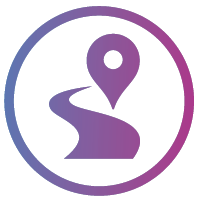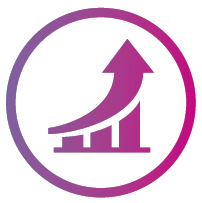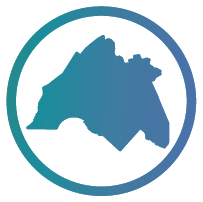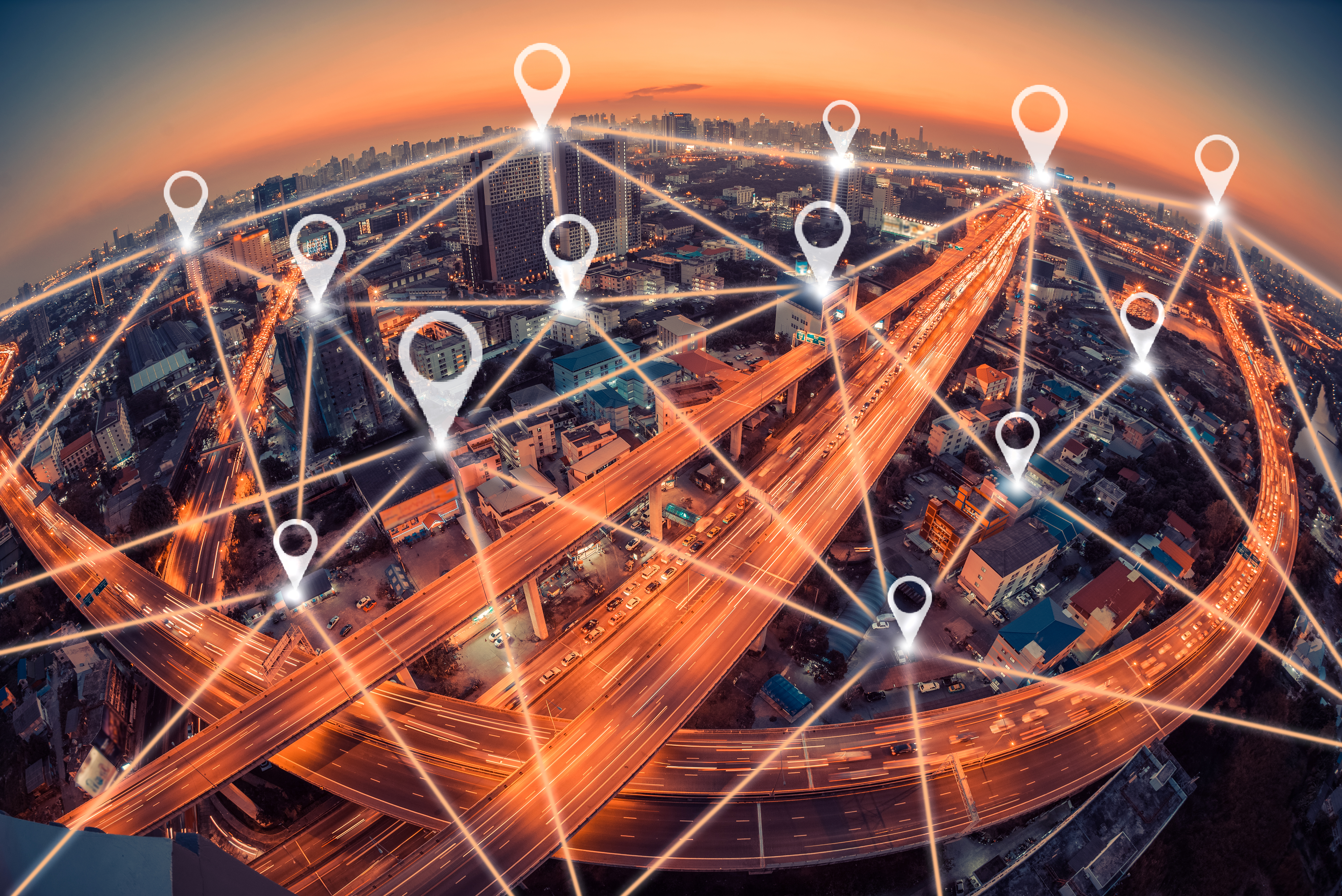 Environment
Environment Transportation
Transportation Economy
Economy Regional Planning
Regional Planning
IoT is the network of physical objects—“things”—that are embedded with sensors, software, and other technologies that allow them to connect and exchange data with other devices and systems over the internet. IoT devices exist in consumer, commercial, industrial, and infrastructure environments. Smart Communities use data collected through the IoT for analysis, experimentation, and real-time management; and to increase the efficiency of governmental services and operations, enhance public engagement, and inform decision making. Some potential uses of and opportunities for IoT data in smart communities include greater transparency; monitoring environmental conditions, such as air pollution, tree health, flood risks, and earthquake alerts; smart energy grids, traffic lights and intersections; and interconnected infrastructure that can enhance water management, public health and safety, and disaster preparedness.
However, there are also a lot challenges to implementing technological solutions within local governments, including developing leadership on using the IoT, staff-level data management and analysis skills, lack of funding to modernize IT infrastructure, procurement policies that limit the ability to quickly and easily adopt the technology, risks around personal privacy and cybersecurity, and uncertainty for interoperability and return on investment. Local governments that wish to pursue Smart Community approaches should start by crafting a holistic vision and identifying how technological solutions can be equitably and sustainably integrated into services and operations. Doing so may require significant changes to a local government’s business practices; procurement policies; staff roles and responsibilities; and reconciling competing stakeholder interests, goals, and objectives.
